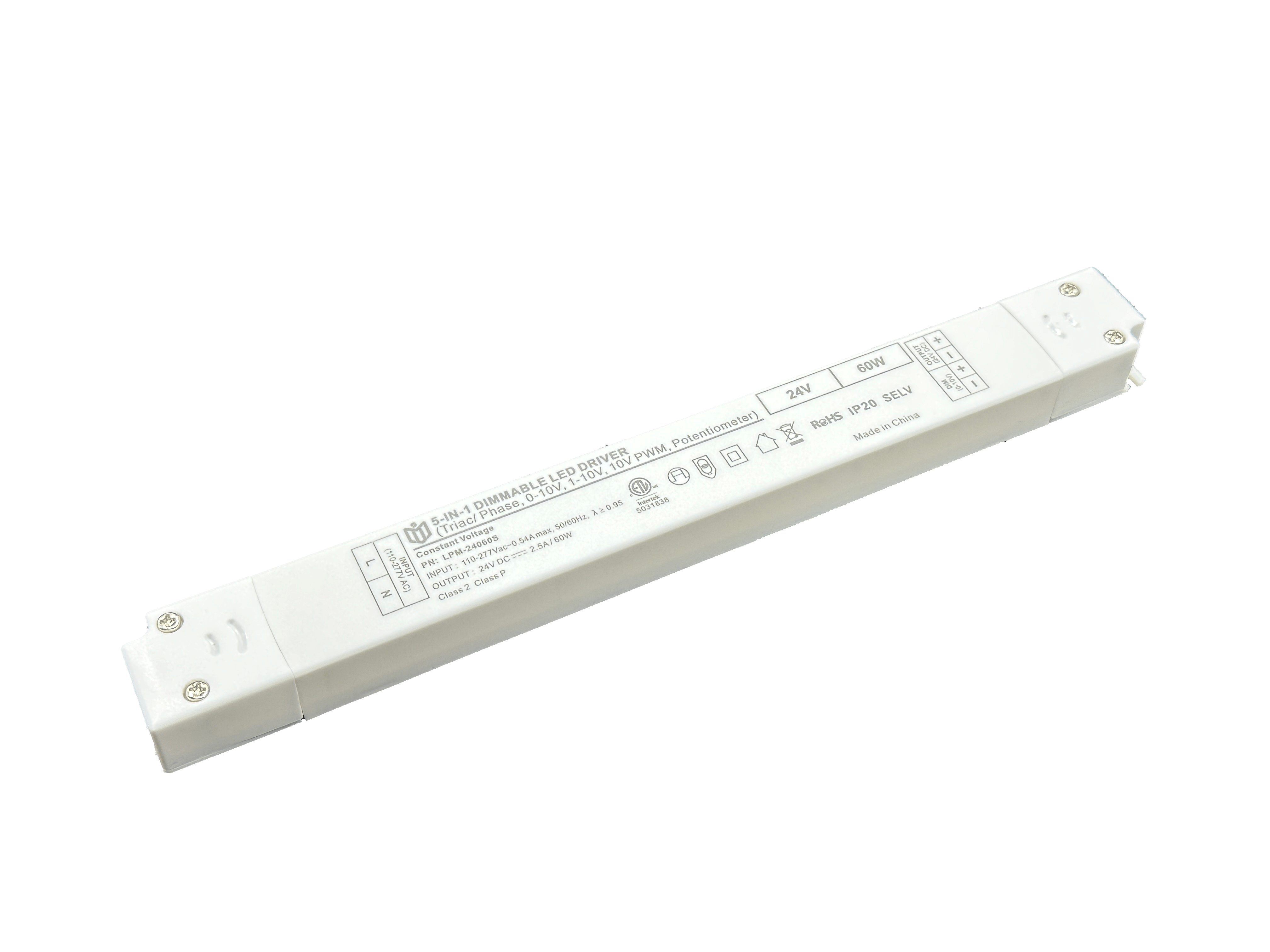Are the technological barriers of LED dimming power supplies truly insurmountable?
The evolution of solid-state lighting has positioned LED technology as the cornerstone of energy-efficient illumination systems worldwide. Yet beneath this revolutionary promise lies a persistent challenge – achieving seamless dimming control through power supply units that don't compromise on performance or lifespan. Let’s dissect whether these so-called "technological barriers" represent fundamental limitations or merely unsolved engineering puzzles waiting for innovative solutions.

The Core Challenge: Nonlinearity in Light Output vs Voltage Relationship
Traditional triac-based dimmers designed for incandescent bulbs create chaotic voltage fluctuations that wreak havoc on LED drivers. Unlike resistive loads, LEDs exhibit highly nonlinear current-voltage characteristics requiring precise pulse-width modulation (PWM) frequencies above 1kHz to prevent visible flicker while maintaining consistent color rendering index (CRI). Modern constant current drivers must navigate this narrow operational window where too low a frequency causes stroboscopic effects, while excessive switching stresses MOSFET transistors and reduces electromagnetic compatibility (EMC).
Protocol Wars: Universal Compatibility Myths
Industry fragmentation manifests through competing communication standards like DALI, DMX512, and analog 0-10V signaling protocols. Each system demands specialized decoding circuitry within the driver housing, creating compatibility nightmares when retrofitting existing installations. Worse still, cheap knockoff modules flood markets with noncompliant implementations that trigger erratic behavior ranging from audible noise to complete failure under load variations. True universality requires adaptive firmware capable of autodetecting input signals across multiple topologies – a feature absent in most budget offerings.

Thermal Runaway Risks at Low Brightness Levels
Counterintuitively, operating LED arrays at reduced luminosity often increases thermal stress percentage-wise. As driving current drops below rated thresholds, poor heat dissipation designs allow junction temperatures to spike dangerously. Premium solutions employ phase-cut control combined with intelligent fan activation algorithms, but cost constraints limit adoption. Emerging gallium nitride (GaN) semiconductor substrates now enable compact thermal management without copper heatsinks, though mass production remains elusive due to crystal growth difficulties.
Breaking Through With Smart Topology Innovations
Forward-thinking manufacturers leverage resonant converter architectures that achieve >95% efficiency across entire dimming range by synchronizing switching frequencies with parasitic capacitance oscillations. Parallel multilevel converter configurations distribute stress evenly across power devices while cancelling harmonic distortions through vector control algorithms. Field trials show such designs maintain THD below 3% even when dimming to 1% brightness – far exceeding IEC61000 Class C emissions limits without additional filtering components.
The Horizon of Software-Defined Lighting Control
Machine learning algorithms trained on millions of real-world usage patterns are transforming static dimming curves into dynamic self-optimizing profiles. These neural networks continuously adapt PWM duty cycles based on ambient light interference, ambient temperature feedback loops, and human circadian rhythm studies. Early adopters report up to 40% further energy savings compared to conventional timers while eliminating perceptible transitions between brightness levels. Such cognitive intelligence may soon render hardware limitations obsolete through predictive compensation techniques.
Standardization Drives Downward Cost Curves
UL8750 certification requirements now mandate mandatory soft-start functions preventing inrush current spikes damaging fragile LED chips. Simultaneously, open-source firmware projects like OpenLightingProject provide cross-vendor interoperability frameworks reducing R&D duplication costs industrywide. As volume manufacturing shifts toward standardized reference designs incorporating Texas Instruments' ISO7841 digital isolators and Infineon's CoolMOS™ switches, once prohibitive BOM costs plummet by orders of magnitude.
The narrative around "insurmountable barriers" increasingly resembles legacy thinking rather than scientific reality. While technical complexities certainly exist, they represent solvable challenges rather than immutable laws of physics. Ongoing breakthroughs in wide bandgap semiconductor materials, advanced control theory applications, and collaborative standards development suggest we’re witnessing not endpoints but inflection points toward truly intelligent adaptive lighting ecosystems. The future belongs to those willing to redefine possibility beyond yesterday’s perceived limitations.
 In heritage architecture prote
In heritage architecture prote
 When small-batch customization
When small-batch customization
 Have the electromagnetic emiss
Have the electromagnetic emiss
 When Triac dimmable power supp
When Triac dimmable power supp
